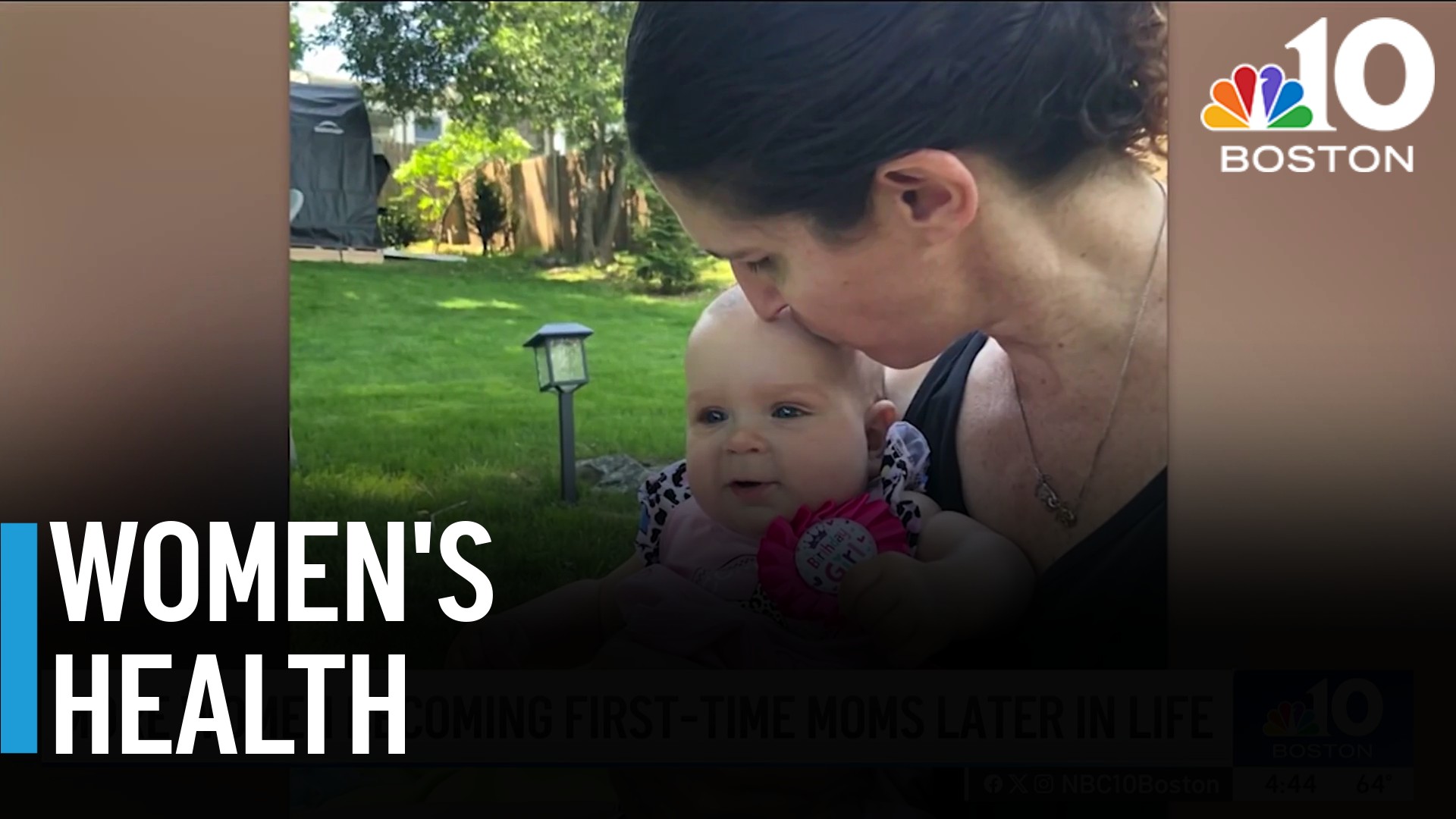It is often referred to as the silent disease, but thanks to social media more people are breaking their silence about the struggles of endometriosis.
Celebrities like Amy Schumer, Mandy Moore, and Olivia Culpo have spoken publicly about their experiences. One in 10 women will be diagnosed with the disease, where tissue similar to the inner lining of the uterus grows outside of it. It can cause severe pain, irregular periods and infertility.
Stream NBC10 Boston news for free, 24/7, wherever you are.
Massachusetts researchers are looking at ways to detect the problem sooner. Dr. Anu Shenoy-Bhangle, a radiologist at Mass General Hospital, says the recent breakthroughs are less about technology and more about knowledge as doctors better learn how to more accurately detect the disease.
”The exciting focus is learning to recognize what was hiding in plain sight," Shenoy-Bhangle said.
Get updates on what's happening in Boston to your inbox with our News Headlines newsletter.
Radiologists at MGB are working with surgeons to advance their knowledge to detect endometriosis early through imaging.
"Since the disease manifests superficial, deep and in the form of cysts or endometriomas, people are trying to focus on identifying superficial disease by imaging," Shenoy-Bhangle explained.
She said there is no correlation between a patient's symptoms and the extent of the disease, which is why they're focusing in on using imaging technology to detect the tissue growth.
"There still exists a delay in making a diagnosis of this disease, and literature has shown shows that delay can be anywhere from five to 10 years," Shenoy-Bhangle said.
Right now, there is no known cure, and treatments involve focusing on alleviating the symptoms. Treatments can range from the use of anti-inflammatory NSAIDs like ibuprofen and naproxen, to hormonal birth control, to surgical intervention.
Shenoy-Bhangle said she hopes their imaging research can improve detection and help doctors understand the long-term health impacts and improve outcomes before malignancy develops.
Every advancement means being able to diagnose sooner, instead of women having to fight through the pain.




